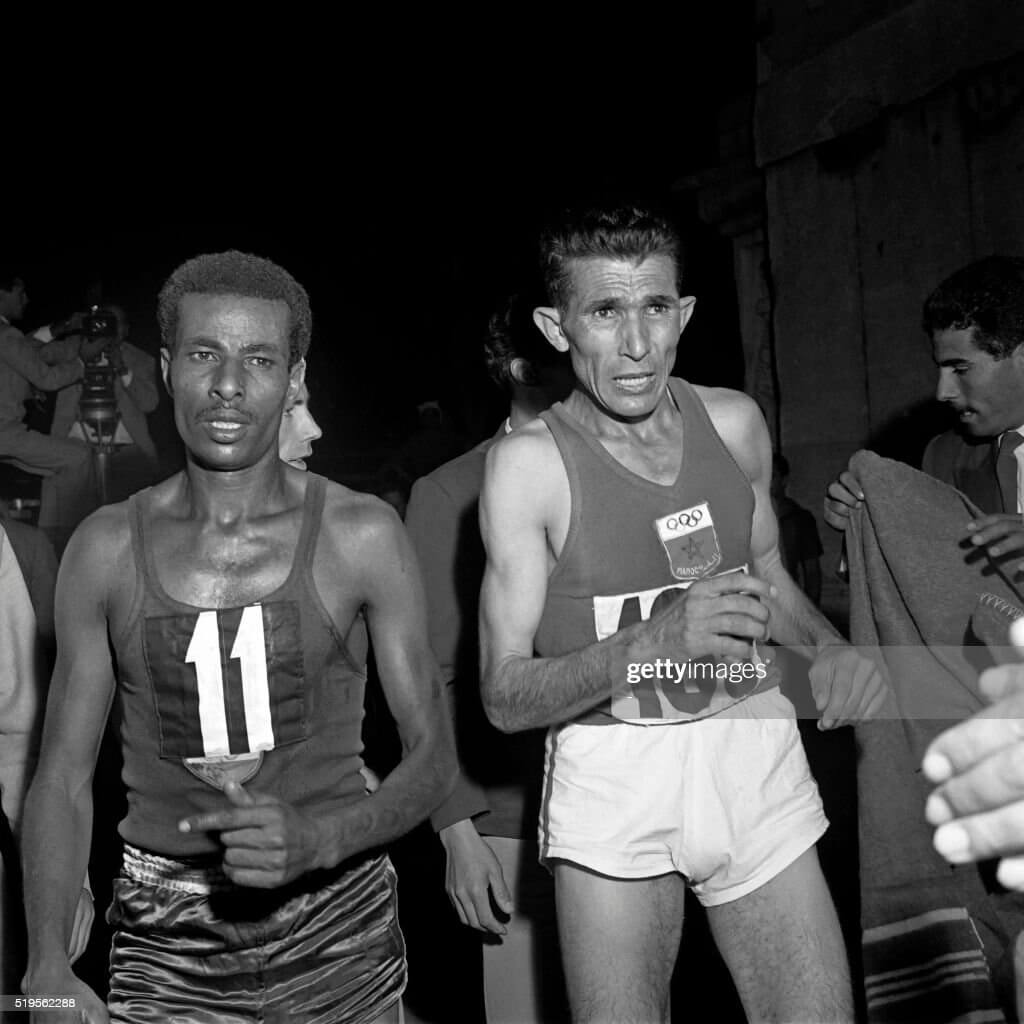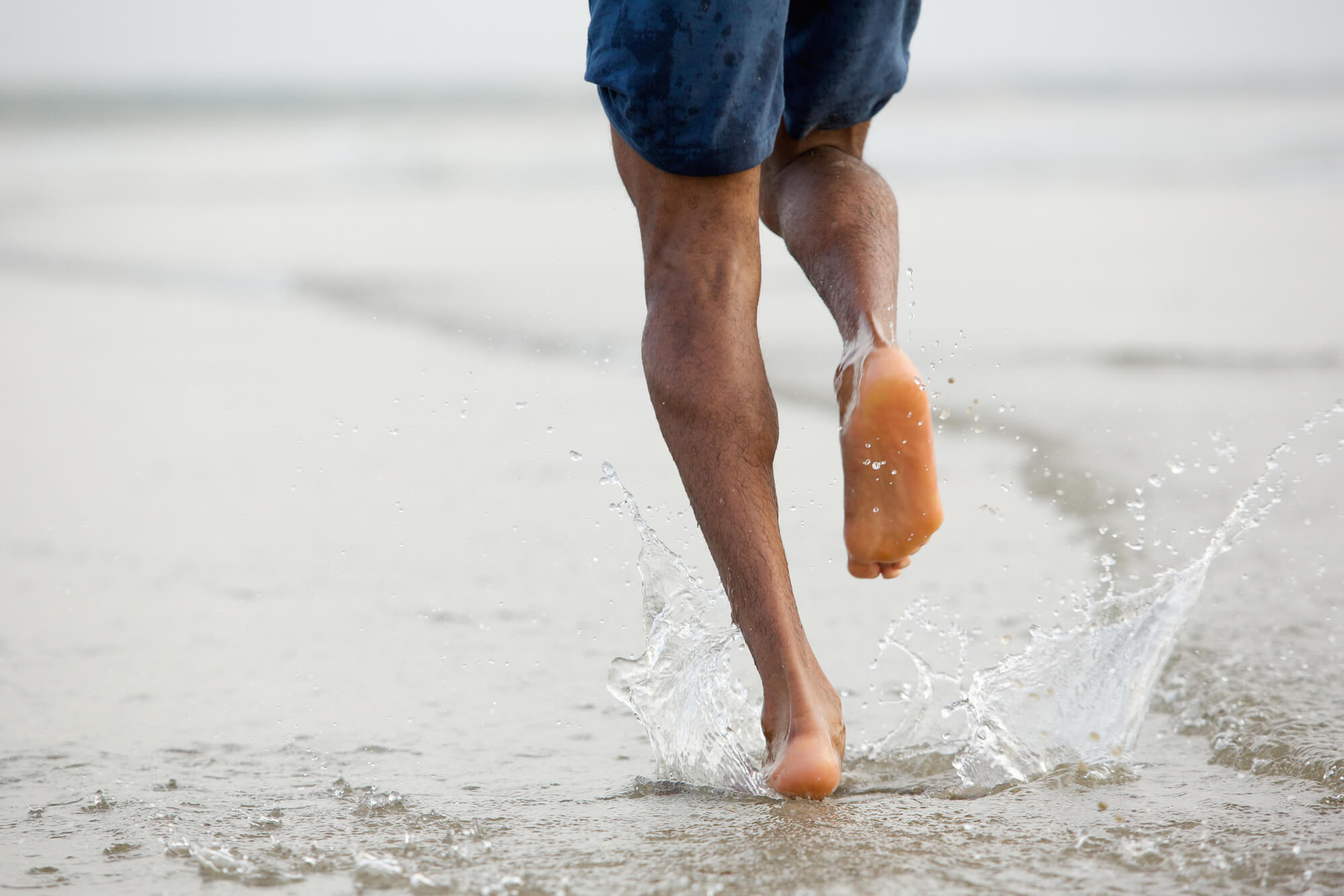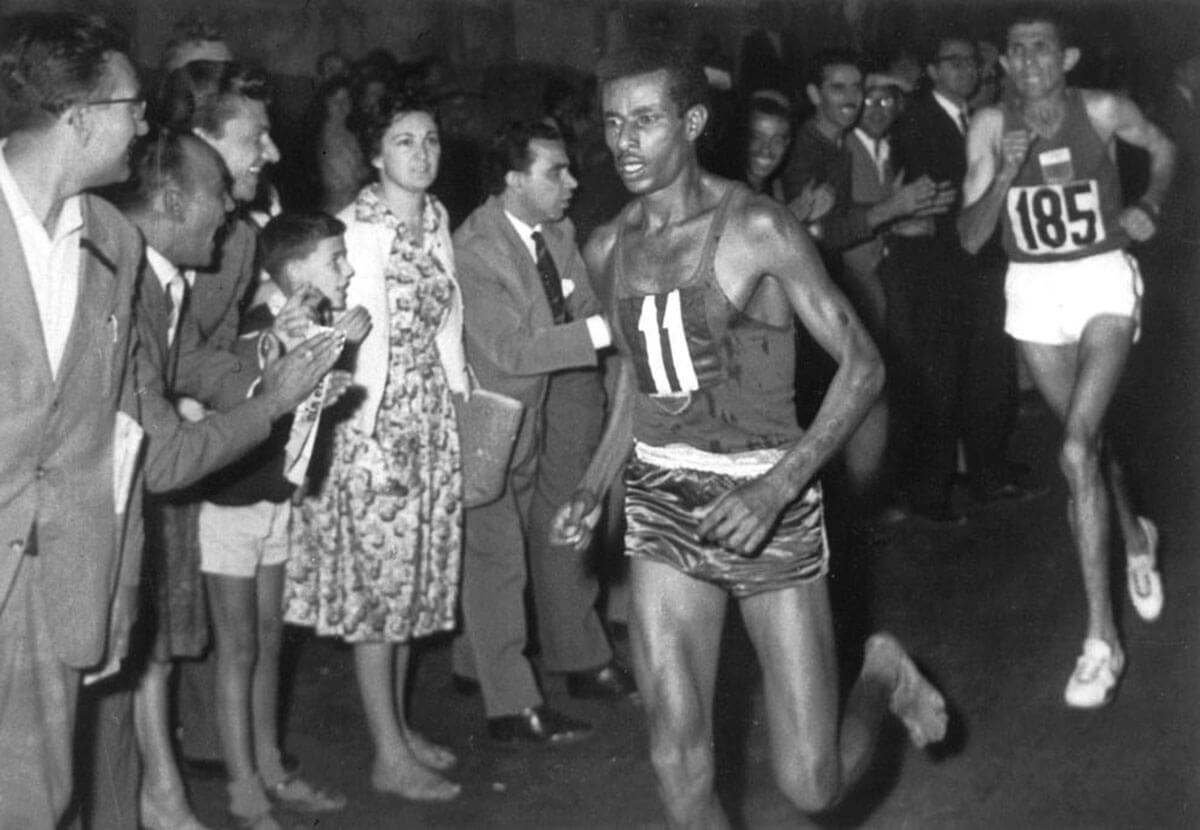Whenever you look for expert running advice, you can always look at the greats. One of those greats was the legendary, gold-winner Abebe Bikila.
Bikila stood out among all other runners because of the way he ran, which begs the question, “Why did Abebe Bikila run barefoot?”
Bikila sought determination and heroism when representing his country, Ethiopia. To achieve that goal, he threw out his ill-fitting running shoes and didn’t replace them.
Stick around to learn more about how and why Bikila ran all the way to victory, barefoot.
About Abebe Bikila
Abebe Bikila is an Ethiopian-born runner. A record-breaker and legend among the running community, Bikila was the first runner to win two Olympic gold medals.
His first barefoot victory came during the 1960 Olympics in Rome. He followed that with another win in the 1964 Tokyo Olympics.
Bikila rightfully entered the 1968 Olympics in Mexico, but his reign of glory ceased after breaking his leg ten miles into the race.
The following year, 1969, Bikila suffered a life-changing automobile accident that rendered him paraplegic.
Having said that, he didn’t let this undermine his sports spirit. In 1971, he went on to compete in a cross-country sleigh-riding event in Norway.
With his wheelchair, he sledded about 16 miles to victory, winning gold.
Why Did Abebe Bikila Run Barefoot
When confronted about his choice to run barefoot in the 1960 Olympics, Bikila responded by saying, “I wanted the world to know that my country, Ethiopia, has always won with determination and heroism.”
Picture this, an Ethiopian setting foot on European territory, unknown to the crowd, and now becoming one of the most prized athletes in the world.
Why did Abebe Bikila run barefoot? Bikila initially had brought his running shoes to the Olympics, but due to intense training, they were practically useless by the time of the competition.
The African runner bought new shoes for the big event, but his feet were riddled with blisters after using them.
After running miles in his home country’s plains, his feet’s soles were already rough and ready for the cobblestone streets of Rome.
Luckily, the race was during the early evening, so his feet wouldn’t burn up too much. With the number 11 bib on him, he ran his way to triumph.
Abebe Bikila: Second Choice for Olympics

Even though he became a champion runner, Bikila wasn’t actually the first choice for the Olympic run. Instead, Wami Birato was set to run but had a sports injury while playing football.
Bikila had a lot of high expectations to defend as Biratu’s replacement. Back in their hometown, Biratu bested Bikila in most local races.
Biratu, also known as the grandfather of distance running, noted that Bikila was his training partner.
The old runner was fond of Bikila, saying that “They asked him (Bikila) how he felt to be a champion and he said ‘the champion is sick at home.’”
Bikila did his country proud by setting a world record of 2 hours, 15 minutes, and 16.2 seconds, 7 minutes faster than Emil Zatopek’s record back then.
The Science of Barefoot Running
After hearing about Bikila’s inspiring victories, and learning why did Abebe Bikila run barefoot, you’re probably wondering if you can run barefoot as well.
There are lots of questions to ask before setting barefoot on a trail. Is this right for you? How beneficial is it? Would it cause injuries?
With those questions in mind, let’s take a closer look at what science dictates when it comes to barefoot running.
Is Running Barefoot Good for You?
According to research, barefoot running can be healthier than running with shoes.
No-shoe running can strengthen your foot muscles. The practice is also believed to be less straining on your knees.
Harvard biologist, Daniel Lieberman, said that wearing shoes can weaken your feet’s intrinsic muscles. He justifies this by stating that you’re not using these muscles as much as when you’re barefoot.
With weakened foot muscles, you may risk overpronation, otherwise known as, flat foot. Now, how you run also needs to be taken into account.
Chances are, if you’re running barefoot, you’re landing on your feet’s balls first, then letting the heel settle backward.
This running mechanism usually makes you take shorter but faster steps. After a long barefoot run, you’ll likely feel the burn in your calves and Achilles tendon.
Additionally, no-shoe running may also allow you to save up to 5% of your energy. It could be that the natural springs of the feet conserve more energy in the calf muscles.
That being said, the topic is still debatable. Some experts believe that running requires the stability and protection of running shoes.
Downsides of Running Barefoot

Despite Lieberman’s scientific research, you may want to look at it from both sides.
His research was in part funded by a famous barefoot shoe company, Vibram USA®, which could entail biased information.
That being so, running shoes provide you with more environmental protection. Some counter-research also argues that running with shoes requires less energy.
Taking longer steps from using shoes is more efficient, energy consumption-wise. What’s more, running shoes offer some much-needed shock absorption.
Lack of cushioning can make you exert much more effort into each step since you’ll be taking in all the impact.
Could Running Barefoot Cause Injuries?
All in all, both sides of the argument make compelling arguments. Nevertheless, you need to consider the risk of injury in each debate.
Why did Abebe Bikila run barefoot?
An expert runner like Bikila has undergone rigorous training before running barefoot.
As a professional runner, he understands how to correctly place his footing to avoid serious injury.
If you’re a beginner that wants to try it out, you need to proceed with caution. Starting too fast can easily cause complications.
The toe-heel running method tends to cause injuries if done incorrectly. Your metatarsal bones, or the bones connecting your toes and ankle, are vulnerable to fractures.
That being said, the heavy sole unit in your typical running shoes protects your foot from the heavy impact generated from each stride.
With this information in mind, you’ll want to transition from shoe to barefoot gradually to reap the benefits of barefoot running.
It’ll give you time to adjust your footing properly to avoid any serious injury. We also recommend running barefoot in grassy areas and beaches.
Once you’ve adjusted your running form, you can then try to run on flatter surfaces like the sidewalk.
To Conclude
Why did Abebe Bikila run barefoot?
It was his wish to honor his country. Several runners strive to follow in the gold-winning athlete’s footsteps, literally.
His barefoot running feat has prompted various studies on the benefits and downsides of running shoe-less.
Considering most professional opinions, we believe that you should practice safety precautions before hopping on this trend.

